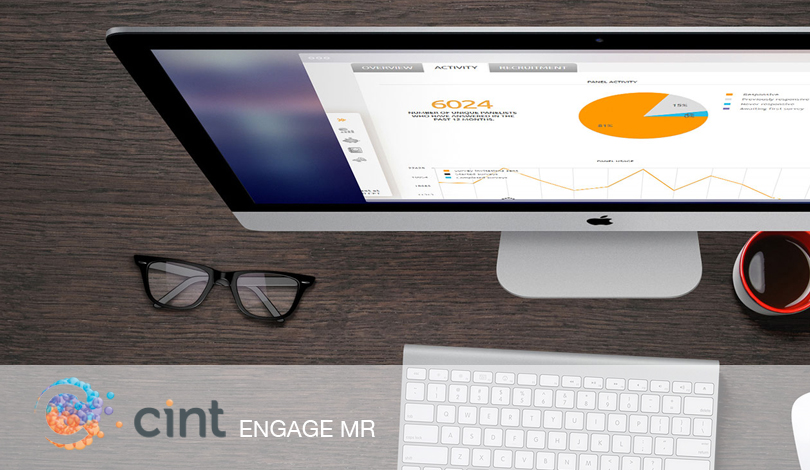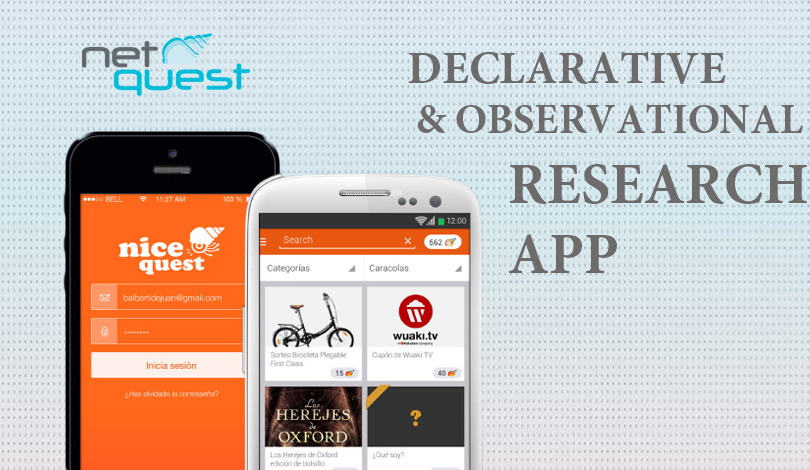Marketing Research News & Insights
Online surveys, the final frontier. Okay, maybe they’re not, but they seem to be as endless as the stars these days—with every brand asking for feedback after a purchase or service.
That’s not surprising. Online research has become the preferred data collection method for market research. The Internet and Mobile Eras have made it easier and cost-effective to reach customer bases.
What also might not be surprising is that online surveys may be faltering as a research method, and the solutions have to do with what we do here at qSample.
With that semi-shameless plug out of the way, the predicament of online surveys is presented in a penetrating article by David R. Wheeler in The Week.
The piece is entitled The rising revolt against customer surveys. Here are some of the startling takeaways hinting to trouble in online survey heaven:
According to one study, phone survey cooperation rates have plummeted from 43 percent in 1997 to 14 percent in 2012. Online survey responses rates are even lower, with some studies showing participation rates averaging 2 percent.
Wheeler’s research is partly supported by a recent Pew Research Center study. It states that telephone poll response rates fell from 36% in 1997 to 9% this decade. This is highlighted in this graph:
So what’s the problem? At first, one might think the issue is oversaturation, as so many companies can afford online surveys. Wheeler even says:
In more recent times, as scientific methods developed, surveys became the data collection method of choice for government, academia, and businesses. Response rates peaked between 1960 and 1990, followed by a precipitous fall, partly because of the exponential rise in survey requests in the internet era. One survey firm, ForeSee, conducts about a million surveys per month. Meanwhile, Mindshare Technologies conducts 60 million surveys every year — that’s a mind-boggling 175,000 per day.
With participation rates dropping and online surveys spamming, what is occurring is that only respondents in the extreme spectrums are engaging. If only those who truly love or deeply hate your brand are sharing their viewpoints, logically it’s going to hinder survey data.
However, oversaturation really can’t be blamed. After all, everything is saturated on the Internet. That hasn’t harmed companies with determination and astuteness.
The problem, as Wheeler sees and we agree, is that a lack of incentives is preventing online research the ability to cull respondents in the middle of spectrums.
Simply put: if you don’t give people a reason to participate, they simply won’t, especially in a crowded online field. Many people these days suffer from what is known as “feedback fatigue,” where they’re weary and numb of being asked to judge a brand or service after a purchase.
Marketers rationalize that improving their brand for the customer is enough incentive to take online surveys. But that’s obviously not flying anymore by the data.
Wheeler also posits that higher management has become too enamored with machine-gun quantitative research, always trying to coax the right numbers from studies before the next board meeting or end of the quarter. Additionally, he doesn’t see the “drawing prize” incentive as particularly effective. I mean, does anyone know anyone who has won the $2000-in-products drawing for participating in a CVS online survey?
In the end, though, incentivizing is key and will surely improve market research. Studies have shown that incentives “will typically lift response rates by 10-15%.”
Furthermore, an article from the Marketing Research Association states:
Careful experimentation has shown that respondent incentives can improve a survey’s quality and efficiency. In particular, incentives can:
- Improve the response rate: Incentives have been found to significantly increase the proportion of the sample that is willing to participate, ensuring a large enough sample to draw generalizations.
- Improve response from hard-to-reach groups. Incentives can get the attention of individuals who would normally not participate in the survey, significantly improving the survey’s measurement quality. In particular, they can help improve representativeness in survey response from low-population rural areas — essential to the inclusion of rural voices in federal decisions.
- Increase efficiency. Incentives reduce costly and time-consuming non-response follow-up, which can include dozens of call-backs and in-person visits, and may even reduce the study’s cost.
In other, more uncomplicated words: reward and have your research rewarded.
This doesn’t mean offer respondents an Anston Martin for each questionnaire participation. There are sensible rewards a company can offer. They just take some imagination. For example, Starbucks often rewards Gold Member respondents with a bonus Star that gets them closer to a complimentary drink.
Or make sure to utilize an online survey provider that maintains incentivized sample.
At qSample, we continually recompense our panels. They are recruited voluntarily through various online and conference means. They aren’t asked to participate for the “good” of anything, nor will they ever have to worry about a drawing for some smartphone or Amazon gift card. Their time is valuable, and so should the time of any of your respondents—whether you conduct research in-house or contract an online survey provider.
Time is the most valuable commodity we have. Make your respondents’ time worth it with incentives. That will be a final frontier you’ll enjoy reaching.















